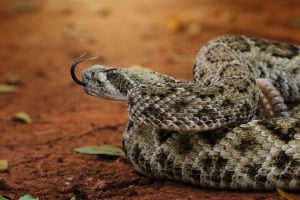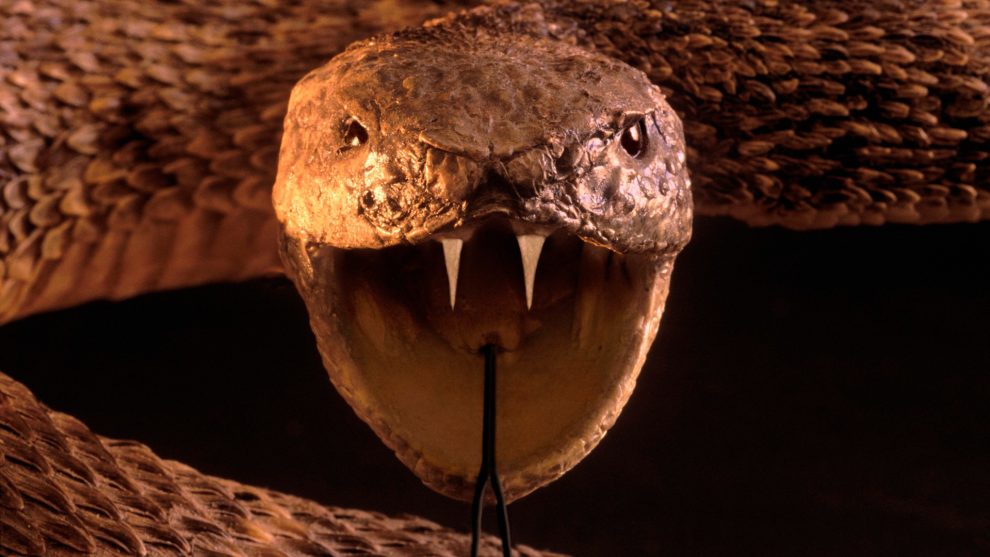Vipers, commonly known as pit vipers, are a fascinating group of venomous snakes that belong to the family Viperidae. With their distinctive features and venomous nature, they have captured the curiosity of both scientists and snake enthusiasts. In this blog, we will explore the world of vipers and delve into their unique characteristics and behaviors.
- Diversity of Vipers: The family Viperidae comprises over 200 species of vipers found in various parts of the world. They can be found in diverse habitats ranging from forests and deserts to mountains and wetlands.
- Venomous Nature: Vipers are venomous snakes equipped with venom glands and hollow fangs. Their venom is used for hunting and self-defense, and it varies in potency among different species.
- Heat-Sensing Pits: One of the defining features of pit vipers is the presence of heat-sensing pits located between their nostrils and eyes. These pits allow them to detect the infrared radiation emitted by warm-blooded prey, aiding in their hunting abilities.
- Camouflaged Appearance: Vipers have evolved a remarkable ability to blend into their surroundings. Their coloration and patterned scales help them remain hidden from both predators and prey.
- Venom Composition: Viper venoms are complex mixtures of enzymes, proteins, and toxins that vary among species. Some components of their venom can cause tissue damage, affect blood clotting, or have neurotoxic effects.
- Venomous Strike: Vipers possess a unique strike mechanism. Rather than lunging forward, they use a lightning-fast strike from a coiled position, allowing them to deliver an accurate and powerful bite to their prey.
- Feeding Habits: Vipers are carnivorous predators, primarily feeding on small mammals, birds, lizards, and even other snakes. Their venom aids in immobilizing and digesting their prey.
- Reproduction: Vipers exhibit various reproductive strategies. Most species are ovoviviparous, meaning the females give birth to live young. However, some species lay eggs that hatch outside the mother’s body.
- Parental Care: In certain viper species, females provide maternal care to their offspring. They may guard the nest, regulate temperature, and provide protection until the hatchlings are ready to fend for themselves.
- Lifespan: The lifespan of vipers varies among species. In general, they can live for 10-20 years in the wild, depending on factors such as habitat, prey availability, and predation.
- Ecological Role: Vipers play a vital role in ecosystem dynamics. As predators, they help control populations of small mammals and maintain ecological balance within their habitats.
- Threats and Conservation: Many viper species face threats such as habitat loss, illegal wildlife trade, and persecution. Conservation efforts focus on protecting their habitats, enforcing legislation against illegal trade, and raising awareness about their ecological importance.
- Human Interactions: Viper bites can be dangerous to humans, and some species are responsible for a significant number of snakebite incidents worldwide. Awareness, education, and access to medical treatment are crucial in reducing the impact of snakebites.
- Cultural Significance: Vipers hold cultural significance in various societies. They have been depicted in art, mythology, and folklore, symbolizing both fear and respect.
- Research and Scientific Importance: Studying vipers provides valuable insights into venom composition, evolutionary biology, and predator-prey interactions. Researchers are constantly exploring their venom for potential medical applications, such as developing new drugs or antivenoms.
Conclusion: Vipers are captivating creatures that demonstrate remarkable adaptations and behaviors. Their venomous nature, camouflaged appearance, and unique features make them an intriguing subject for scientific study and conservation efforts. By understanding more about these fascinating snakes, we can appreciate their ecological role and work towards their conservation and coexistence with humans.



















Add Comment